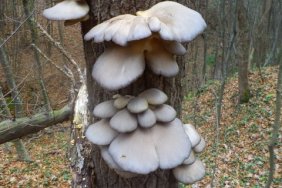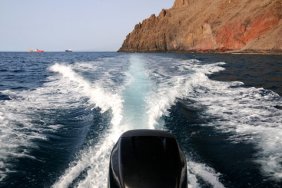 This time of the year, most hikers will want to wear insulated layers when they hit the trails. Even with the protection of winter gear, though, it’s helpful to understand how the cold weather affects your body’s heat. Contrary to what we think, we don’t actually get cold in the winter, our bodies simply lose heat. Today we’ll take a look at some of the ways we can lose this body heat during winter hikes.
This time of the year, most hikers will want to wear insulated layers when they hit the trails. Even with the protection of winter gear, though, it’s helpful to understand how the cold weather affects your body’s heat. Contrary to what we think, we don’t actually get cold in the winter, our bodies simply lose heat. Today we’ll take a look at some of the ways we can lose this body heat during winter hikes.
One way outdoorsmen commonly lose their body heat is through conduction, which occurs via the cold surfaces we touch. Walking or sitting on the ground, a snow drift, or big chunk of ice will cause a chill, which is actually the feeling of your body losing heat.
Cold air circulation can blow through your clothes and displace the warm air between your clothes and your body, causing your body temperature to drop, a process called convection. You can cut down on this by adding a shell layer. The shell won’t add any insulation, but it will help against the wind, which cuts down on the heat you may lose. Cold air alone won’t cause convection, but it will cause your body temperature to drop unless you bundle up.
When you sweat, the evaporation cools your skin. Now this may feel good when you’re warm, but it’s not comfortable when conditions are cold. Your body does this all the time, but it will increase as your activity levels increase, so be mindful of perspiration and perhaps invest in some moisture-wicking layers.
Your body loses heat in several ways once the temperatures drop, but keeping today’s tips in mind the next time you head out for a winter hike will help conserve body heat and stay warm out there.








